Turbine oil is a crucial component in the operation of power generation turbines. Over time, it can become contaminated with water, dirt, and other impurities that can reduce its effectiveness and lifespan. Fortunately, there are several turbine oil regeneration methods available that can restore its performance and extend its lifespan. These methods are essential for used oil re-refining and It is especially effective in preserving the environment.
In this article, we will explore the benefits of this function and examine the most common contaminants found in turbine oil. We will also examine the various methods of turbine oil filtration and reclamation, and compare their efficiency, cost, and maintenance requirements.
Table of Contents
What is Turbine Oil Regeneration?
The process of restoring used turbine oil to its original state by removing contaminants and restoring its performance properties. Turbine oil is a critical component in the operation of industrial gas and steam turbines, providing lubrication and cooling to the system. Over time, turbine oil can become contaminated with moisture, particulates, and other contaminants, which can degrade its performance and potentially cause equipment failure. For this reason, big companies always use the desired services such as INVEXOIL turbine oil regeneration.
The regeneration process typically involves a combination of filtration, separation, and treatment methods designed to remove contaminants and restore the oil’s performance properties. This can include removing water through vacuum dehydration, separating solids and other impurities through centrifugal or coalescing separation, and removing acid and other contaminants through ion exchange or adsorption.
Signs Your Turbine Oil Needs Regeneration
Regular maintenance and monitoring of turbine oil is essential for ensuring the performance and longevity of turbines and other machinery. Here are some signs that your turbine oil may need regeneration:
- Decreased equipment performance: Contaminated oil can reduce the efficiency and performance of the equipment. If you notice a decrease in performance, it may be due to contaminated oil.
- Changes in color or odor: Contaminants in the oil can cause it to change color or emit a foul odor. If you notice any changes in the appearance or smell of the oil, it is important to have it tested and regenerated if necessary.
- Frequent oil changes: If you find yourself changing the oil more often than usual, it could be due to contamination. Regenerating the oil can help reduce the frequency of oil changes and save time and money.
- Water contamination: Water can accumulate in the oil and equipment, causing significant damage. If you notice water droplets in the oil or water accumulating in the equipment, it is important to have the oil regenerated to prevent further damage.
- Wear and tear: Over time, oil can break down and lose its effectiveness, causing increased wear and tear on the equipment. If you notice increased wear and tear, it may be due to contaminated or degraded oil.
Common Contaminants in Turbine oil
Turbine oil is subject to a variety of contaminants that can reduce its effectiveness and cause damage to equipment. Here are some of the most common contaminants found in turbine oil:
- Water
- Particles
- Oxidation
- Additive depletion
- Chemical contamination
- Microorganisms
- Improper maintenance
Turbine Oil Testing and Analysis
Regular testing and analysis of turbine oil are essential for ensuring the longevity and efficiency of the equipment. Here are some of the most common tests and analysis methods used for turbine oil:
- Viscosity
- Acid Number
- Water Content
- Particle Count
- Spectroscopy
- Ferrography
Regular testing and analysis can help identify potential issues with turbine oil and equipment before they become major problems. This can help reduce downtime and maintenance costs, as well as improve equipment performance and longevity. In conjunction with oil regeneration, regular testing and analysis can help ensure the effectiveness and longevity of turbine oil and equipment.
Turbine Oil Filtration Methods
Turbine oil filtration is a critical aspect of maintaining clean and efficient oil for turbine equipment. There are two primary filtration methods used:
- Depth Filtration: Depth filtration involves passing oil through a porous material such as paper or cloth. The porous material traps contaminants within the filter media, allowing the clean oil to pass through. Depth filtration is a common method used for removing larger particles and debris from turbine oil.
- High-Efficiency Filtration: High-efficiency filtration, also known as absolute filtration, uses advanced filtration technology to remove contaminants as small as 0.5 microns. This method uses a variety of filter media, including synthetic fibers and pleated membranes, to achieve maximum contaminant removal. High-efficiency filtration is often used in conjunction with depth filtration for a comprehensive approach to turbine oil filtration
Both depth filtration and high-efficiency filtration are important methods for maintaining clean and efficient turbine oil. Regular filtration, in combination with other maintenance techniques such as testing, analysis, and regeneration, can help extend the life of turbine equipment and reduce maintenance costs.
Turbine Oil Reclamation Methods
Turbine oil reclamation is the process of restoring degraded or contaminated oil to its original condition. There are several methods of turbine oil reclamation, each with its advantages and limitations:
-
Vacuum Dehydration
Vacuum dehydration is a method of removing water from turbine oil using vacuum technology. This method is effective for removing free and emulsified water from oil, which can cause corrosion and reduce lubrication efficiency.
-
Centrifugal Separation
Centrifugal separation involves spinning oil in a high-speed centrifuge to separate water, particles, and other contaminants. This method is effective for removing solid particles and water from turbine oil.
-
Coalescing Separation
Coalescing separation is a process that involves passing oil through a series of filters that attract and bond with water droplets. The filters then coalesce the water droplets into larger droplets, which can be easily separated from the oil.
-
Ion Exchange
Ion exchange involves passing oil through a bed of ion exchange resin, which removes contaminants such as acids, varnishes, and oxidation products. This method is effective for removing polar contaminants that cannot be removed through filtration or separation.
-
Adsorption
Adsorption is a process that involves passing oil through a bed of adsorbent material, such as activated alumina or silica gel. The adsorbent material attracts and bonds with contaminants, allowing the clean oil to pass through.
Each of these turbine oil reclamation methods has its unique advantages and limitations. Choosing the right method depends on the specific type and level of contaminants present in the oil, as well as the desired outcome for the regenerated oil. By utilizing one or a combination of these reclamation methods, turbine operators can extend the life of their equipment and reduce maintenance costs.
Considerations for Choosing a Turbine Oil Regeneration Method
When considering which method to use, several factors should be taken into account.
- Firstly, the type and severity of contaminants in the oil should be assessed to determine the most appropriate method for removing them. Different methods may be more effective at removing certain types of contaminants.
- Secondly, the efficiency and cost of each method should be evaluated. While some methods may be more effective at removing contaminants, they may also be more expensive or require more maintenance.
- Thirdly, the time available for the regeneration process should be considered. Some methods may be faster than others, but may not be as effective at removing all contaminants.
- Lastly, the overall impact on the environment should be taken into account. Some methods may produce more waste or require more energy, which can hurt the environment.
Conclusion
regenerated oil can improve the efficiency of turbines, resulting in energy savings and reduced greenhouse gas emissions. By removing contaminants, regenerated oil reduces friction.it is a cost-effective and environmentally-friendly way to maintain equipment performance and reduce waste generation. By choosing the appropriate regeneration method for the specific application, operators can ensure the continued operation of their equipment and save time and money in the long run.
FAQ
What are the different methods for regenerating turbine oil?
The common methods for regenerating turbine oil include vacuum dehydration, filtration, centrifugation, and chemical treatment.
How does vacuum dehydration contribute to turbine oil regeneration?
Vacuum dehydration is a method used to remove water and moisture from turbine oil by subjecting it to low pressure, enabling efficient water extraction and enhancing the oil’s performance.
What is the role of chemical treatment in turbine oil regeneration?
Chemical treatment involves the use of additives or reagents to neutralize acids, remove contaminants, and restore the oil’s quality, ensuring optimal performance and extended oil life.

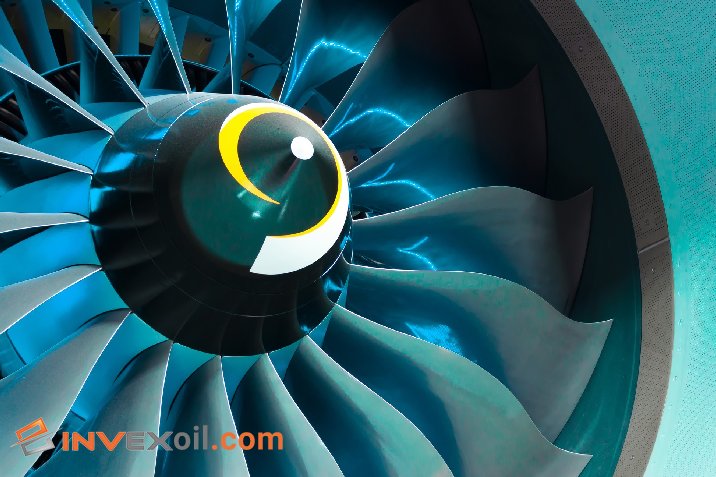
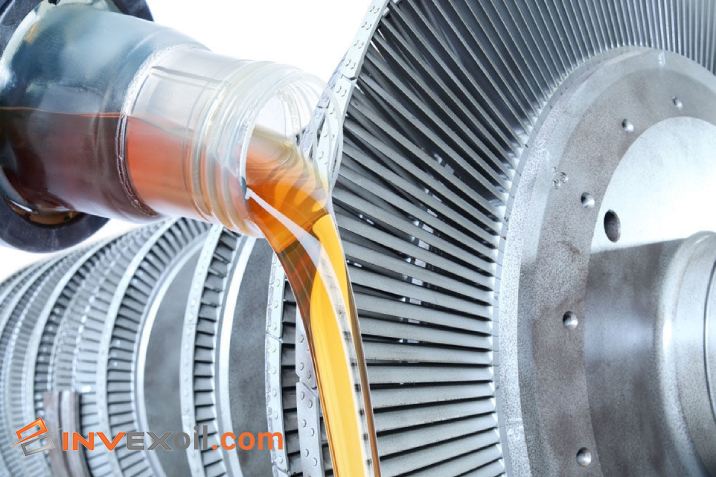
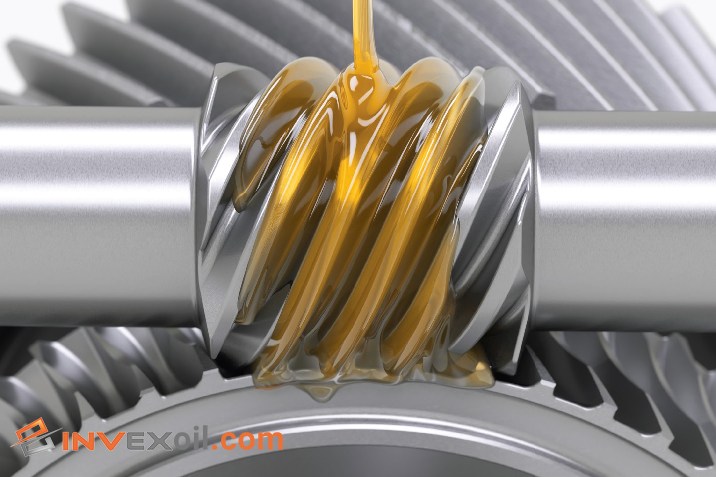
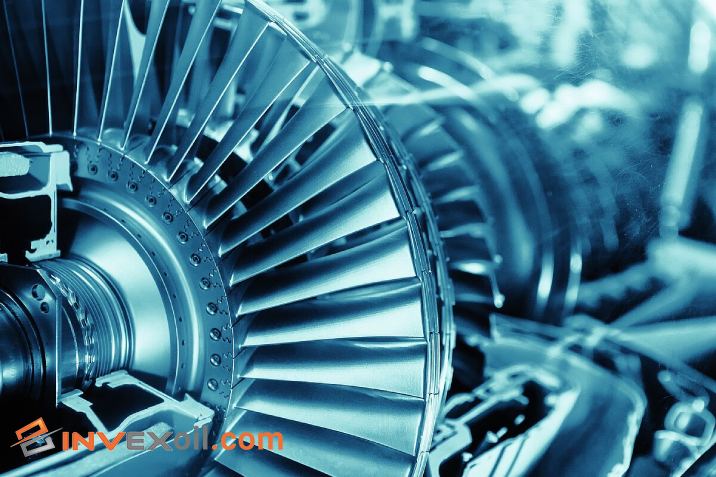

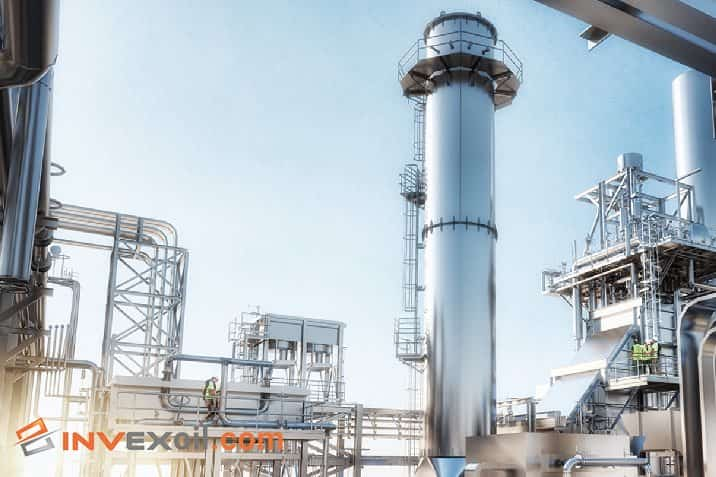
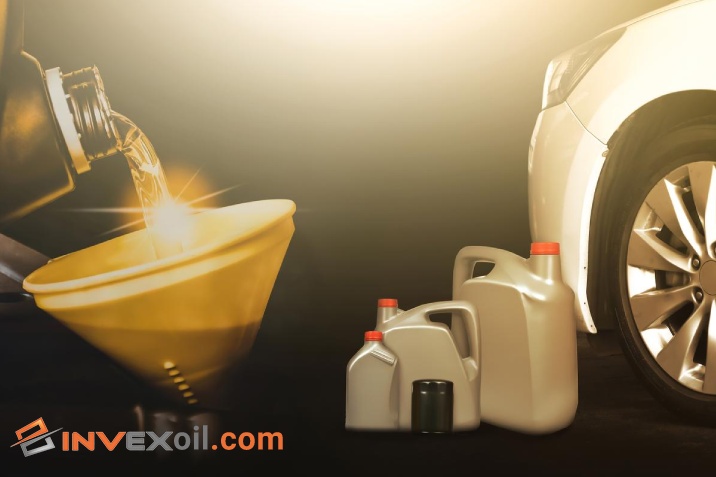
In Onliner.co, Our team with 12 professional members in each of content creation, on-page, off-page, and technical domain has always been able to achieve customer satisfaction with 12 years of experience in SEO. In the content creation sector, our expert writers are up to date and experienced to provide a high quality and unique contents.